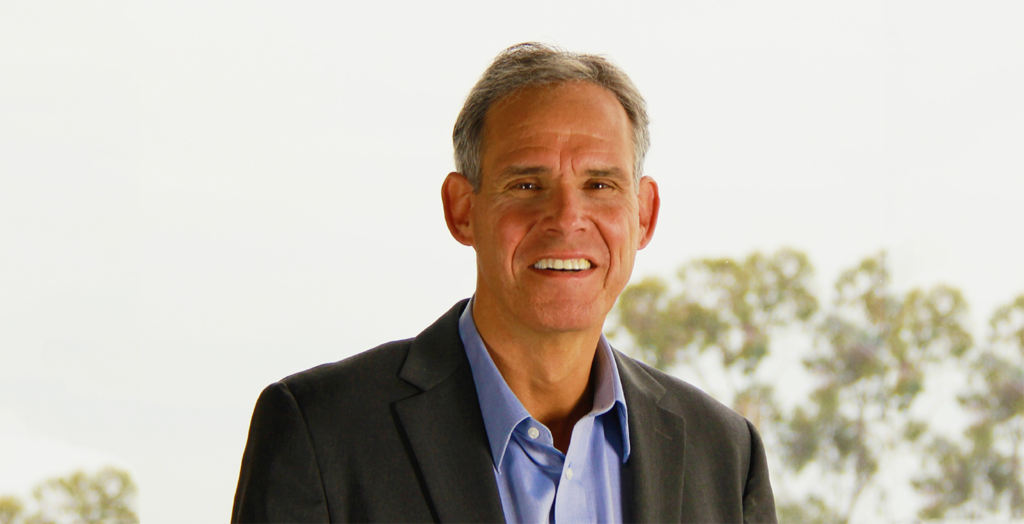
Back a few years ago, Marc Andreesson wrote an essay in the Wall Street Journal entitled “Why Software Is Eating The World.” While it’s true that software and algorithms are quickly changing our world, when it comes to health care and medicine that is just not enough. Even though there are well over 100,000 mobile health software apps for iOS and Android smartphones, most of these have limited functionality. There are exceptions, however, since apps like My Fitness Pal and Lose It are helping some people lose weight and challenging the long term dominance of traditional players like Weight Watchers. And there are some apps that simply use the smartphone camera to take a picture of a skin lesion or rash to enable remote diagnosis—not necessarily by a doctor, since algorithms in many cases can even accurately do this.
For the most part, however, the big advances in mobile health care will require “adds” or hardware that is wirelessly connected to the smartphone. These “adds” can be wearable, such as the many activity trackers, but also wristbands that might detect hydration status, a seizure before it happens, or to track blood pressure and vital signs. They can take the form of a necklace to capture heart physiologic metrics, or a sock to monitor the vital signs of a newborn. Many are Band-Aids that adhere to the skin and can continuously monitor the electrocardiogram for heart rhythm and potentially fluid status of the body.
Importantly, many of the “adds” are not wearable at all. Take the wireless scale, or wireless wrist blood pressure cuff , that are simply used for one-off measurements but the app collates and graphs the data. Recently, floor tiles were successfully used to track the gait of elderly individuals with Parkinson’s disease or problems with balance and promote more stable walking. There is a whole category of “adds” that is quickly developing that do lab testing through the smartphone. Take the glucose meter that attaches to the bottom of the smartphone, for example, that takes the place of the usual separate dedicated device. There are similar adds that are being developed for almost any routine blood test using a droplet of blood and leveraging the exploding field of microfluidics. Beyond the lab testing adds, there are pills that have tiny chips in them to track adherence. So, you get the picture: hundreds of hardware adds to the smartphone.
So to avoid confusion, I’ve come up with the term “add-appters” since too many people think that mobile health and medicine is just about software apps. This new term captures the sense that it is a story of coupling software with hardware that sets up the exciting potential going forward in medicine. For add-appters to be a winner in the future, there also needs to be software that processes all the data captured by the add so that individuals and doctors can readily see and interpret the information on a single screen. That is an area we are a bit “soft” on currently as there are no shortage of hardware sensors and apps, but many of these combinations are not great for data visualization. As this field continues to develop, individuals will be wearing or using many different sensors and get to see a nicely constructed dashboard with all the data quickly displayed. Further, optimal software and hardware combinations provide the foundation for machine learning so that your personal content will drive predictive analytics to enhance your health. And just think of when some individuals are wearing or using many of these and want to see a nicely constructed dashboard with all the data displayed.
So going back to Marc Andreesson’s impactful essay, I would say that “add-appters” will be really big for the future of medicine. They won’t eat it, but this new unplugged world will lead to radical transformation of health care in the future.
 Eric J. Topol, MD
Eric J. Topol, MD
Chief Academic Officer, Scripps Health
Cardiologist, Scripps Clinic
Professor of Genomics, The Scripps Research Institute


